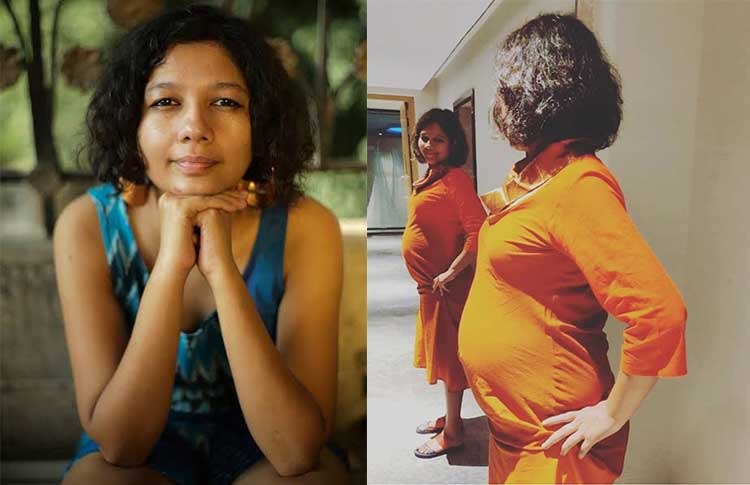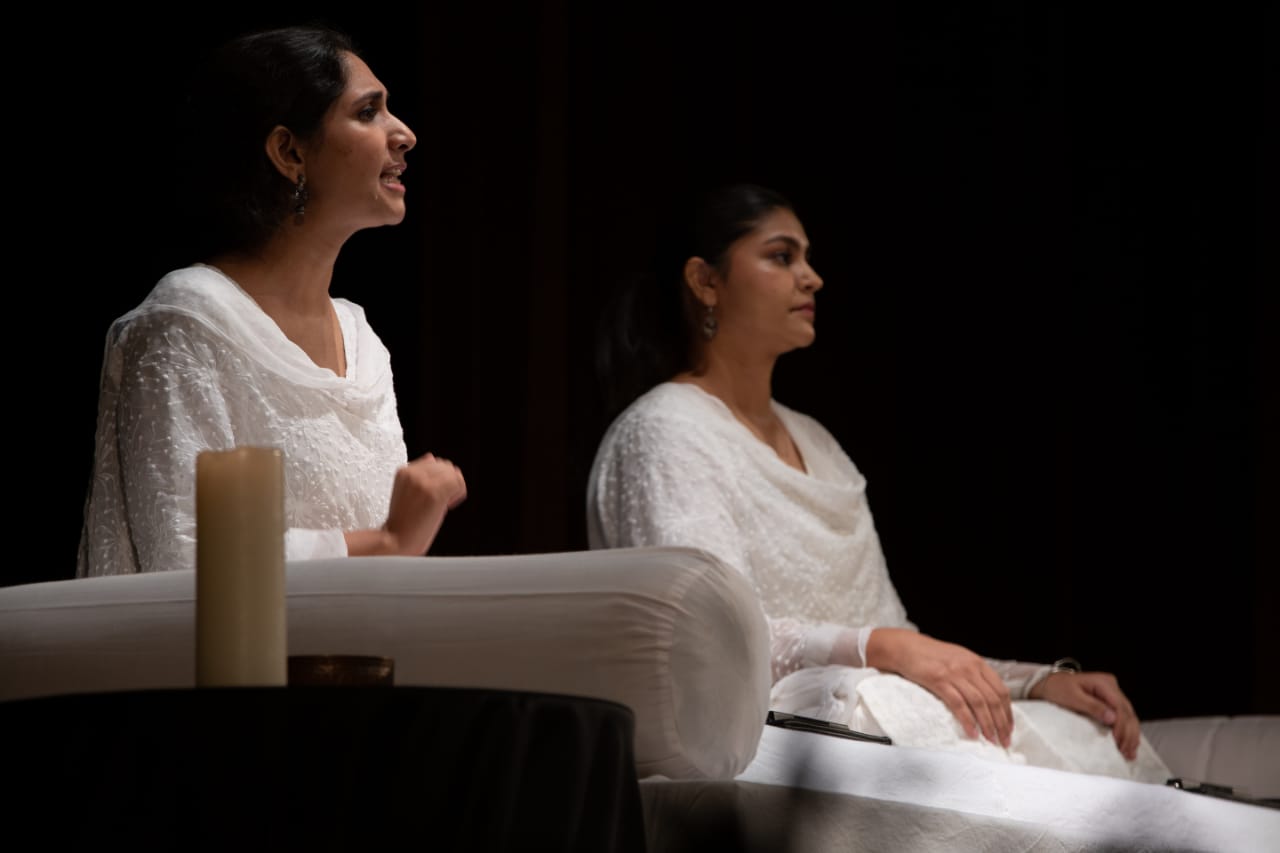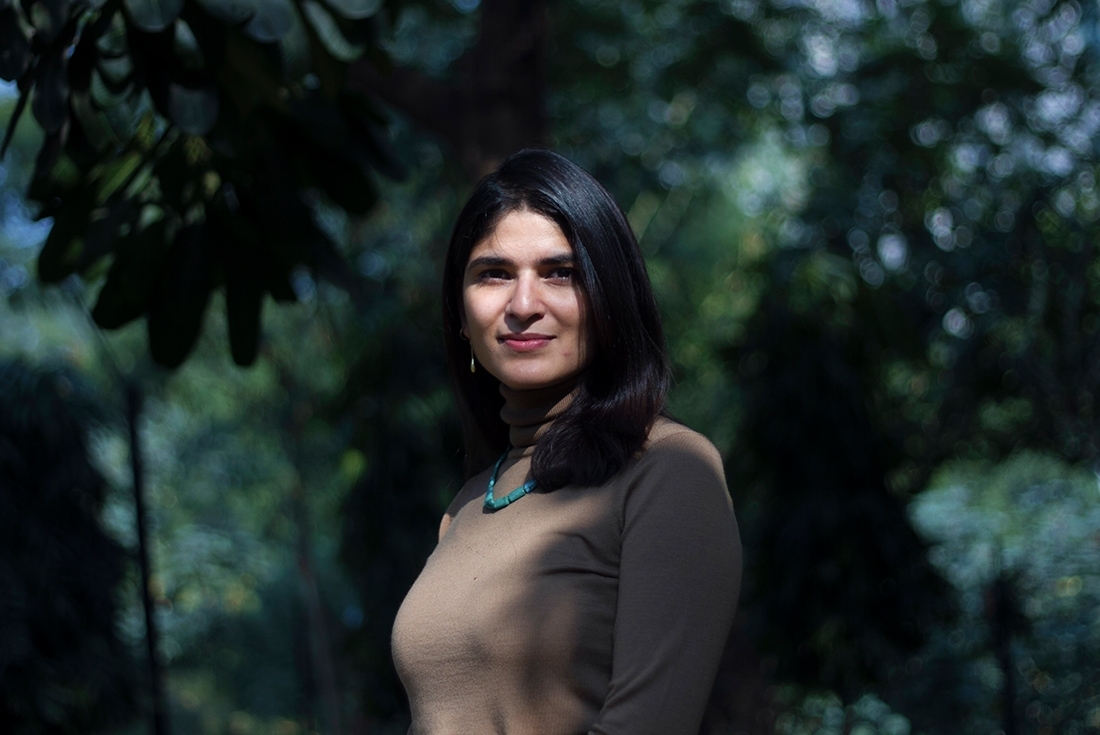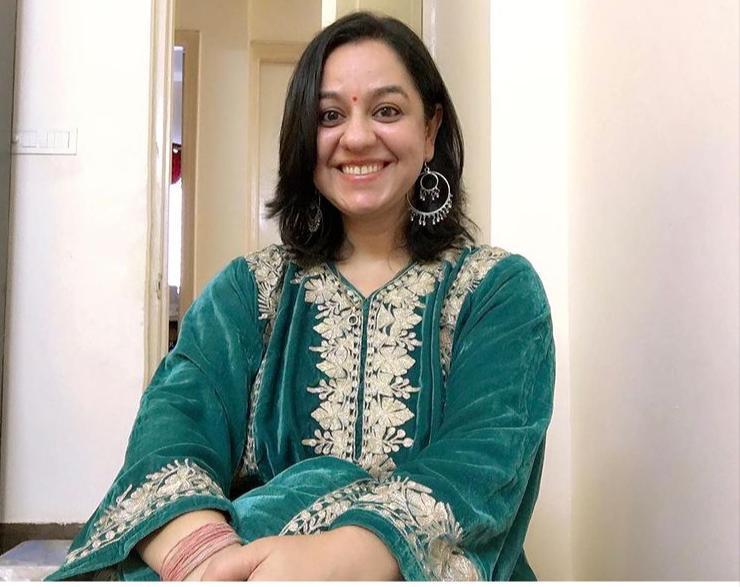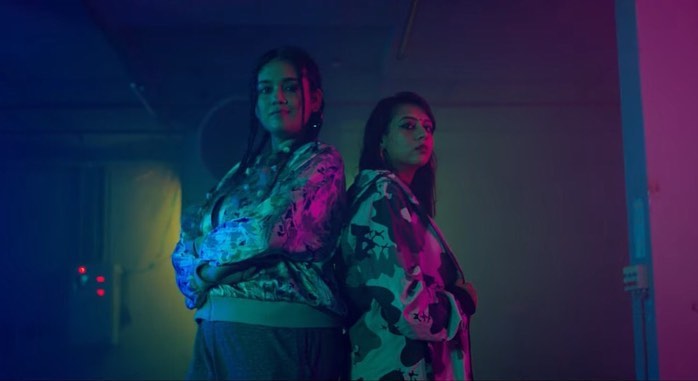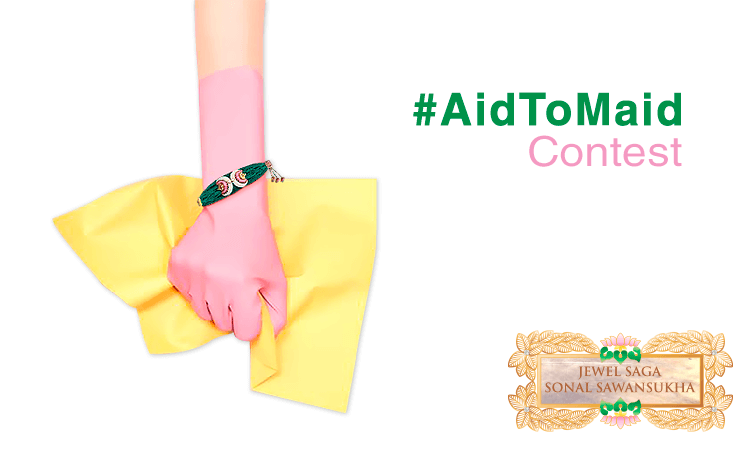Joyce Kozloff On Reclaiming Women’s Art Legacies And The Evolution Of Feminist Movement
- IWB Post
- July 10, 2019

It all started in the 1970s for Joyce Kozloff. The second-wave of feminism had just started taking over and the rhetoric of equality was being vehemently examined and re-examined. Charged by the political and artistic fervor of the time, she embarked on her artistic journey wreathed in activism and infused with a fierce delicacy.
“Much contemporary women’s art, poetry, and film had to do with rage and pain (as if we identify ourselves as women through suffering). But the decorative arts that women have traditionally done over the ages have expressed a sense of wholeness and continuity. I want to connect with those traditions and help build an art and culture in which women play a central role,” she wrote in “Thoughts on My Art,” for N.A.M.E. Gallery in 1977.
Thus it was a matter of much deliberation that Joyce became a founding member of the Heresies publishing collective and an originating figure of the Pattern and Decoration movement over time. While she embraced Pattern and Decoration to uproot the prevailing prejudices against applied and decorative, Heresies Collective aimed to accelerate the discussion around feminism and to create a wide and valid discourse around the same.
As she channelized her feminism into deeper inquiry she unearthed elaborate systems of hierarchy that very systematically elevated certain sections of art community above the rest. When she along with Valerie Jaudon launched an investigation into “pejorative use of the word ‘decorative’ in the contemporary art world,” a discovery was made. “We discovered a disturbing belief system based on the moral superiority of the art of Western civilization,” they wrote in ‘Art Hysterical Notions of Progress and Culture.’ The research made them rethink “the underlying assumptions of our[their] education.”
From then on, Joyce has been continuously challenging the arbitrary nature of knowledge through her artwork. Over time maps became the very foundations of her artwork. She started creating maps by subverting the existing patterns and forms and thus a lot of mutations were done.
Especially intriguing is how Joyce challenges the arbitrary nature of facts and even power by projecting her concerns through cartography and thus basing her art on a foundation (i.e. maps), the basic precepts of which are questionable in itself. It indeed is just a matter of convention, that Europe lies on the North of the world map. Had it not been for colonialism, it could very well have been on the South of the map and that is something that Joyce has time and again projected in her art.
In Joyce’s work, while there is beauty, grandeur, and aesthetics, there also is fear, fight, and fury. You can estimate the breadth of her artwork from the fact that she has also incorporated her childhood drawings and even her doll collection in her more recent work.
 The Giant of New Jersey, 2017, Acrylic, collage, crayon and photograph on canvas, 49 x 37″ © Joyce Kozloff
The Giant of New Jersey, 2017, Acrylic, collage, crayon and photograph on canvas, 49 x 37″ © Joyce KozloffHer artwork explores the hybrid places of her imagination, encapsulating her memories and fears. There is this violence that she subtly camouflages with resplendent galaxies, the kind of violence that currently ticks under the very fabric of humanity, ready to unleash itself in ways that few can fathom.
A part of this violence can be traced in the erratic leadership in so many countries around the world where “any shared belief in veracity” are being systematically and also egoistically undermined. Joyce’s association with and a keen interest in We Make America, the community of artists dedicated to subverting Trump’s dictatorial ideologies, testifies the same.
Here are excerpts from an interaction that I had with Joyce Kozloff:
As a woman artist, how did the imbalance of power in the world affect you and give an impetus to your artwork?
I was fortunate that I came of age as an artist with the rise of second-wave feminism. With the analysis of inequality at the forefront of discussion, I was quickly radicalized, as were so many others. This understanding propelled us forward. We explored it in our art in different ways: through sexuality and the body; through personal and family narratives; through an archaeological study of ancient matriarchal societies; through gender-based new media, video and performance art; and through cultural feminism (the examination and affirmation of the arts that were traditionally created by women, therefore degraded both by their societies and later scholarship). It started getting crazier from there on.
Right from your approach to ‘Pattern and Decoration’ to your contribution to the Heresies collective, you have literally been at the centre of the feminist art movement in LA and New York. Please help me fathom how much has it changed since you started in the 1970s? Have women somehow managed to ascend the hierarchies that you talked about in your essay “Art Hysterical..Culture” or (I know I get ambitious when I ask this) subvert them at all?
Yes and no. There was a massive wave of feminism throughout the 1970s, here and across the world. Groundbreaking books were published, there were demonstrations in the streets, the leaders were interviewed often on the media, and small “consciousness raising” groups were organized, out of which many women were politicized. My generation came of age at this moment. We felt that we could change the culture – there was so much optimism, energy, and hope. Independent structures were formed (women’s art galleries, women’s publications, women’s workshops and exhibitions, women’s schools). At the same time, we fought for inclusion in the existing institutions, and the statistics improved. This struggle continued through the subsequent decades, with periods of retrenchment and backlash, then rejuvenation and accelerated progress. There has been a resurgence of feminist activity recently with the “Me Too” and “Time’s Up” movements against sexual discrimination and abuse. But there is a conservative government here, as in India, conducting an assault on women’s health and reproductive rights, legal status and job protections. In the art world, we are seeing much lively, provocative feminist art again. Emerging feminists with new forms of expression are gaining visibility. The worst of times can sometimes produce the best art!
How did you attempt to reclaim women’s art legacies lost to the subjugation of colonization (both literal and metaphorical) through Pattern and Decoration?
This is an important discussion for an Indian audience (I’m so glad I’m not British!) We paid homage to the decorative arts, the “minor” arts, the “folk” arts, the “low” arts, women’s arts, non-western arts. My works were not only inspired by women’s arts – I appropriated widely, from Mexican Churrigueresque tilework, Islamic geometric patterns, Navajo pottery, pre-Columbian brickwork, Moroccan tribal carpets, French Romanesque churches, Italian Gothic striped cathedrals, early American quilts. I was accused of cultural imperialism, which was extremely painful, as that was the opposite of my intention. Now almost 50 years later, everyone all over the globe can download images, and there is a constant exchange, a rollicking mishmash, which is apparent at the global art fairs and biennales. There is an unexpected resurgence of interest in Pattern & Decoration among emerging artists, which feels like a sweet vindication.
Be it your use of ancient cartography models, antique cosmological charts, archetypal figures or your childhood drawings, (I might be headed in the wrong direction but) I detect a certain allure that the primitive has for you. Can I see it as an attempt to incorporate an artistic vision free from the baggage of modern knowledge in your artwork?
We steer away from the word “primitive” because it had been used primarily to characterize African art, which was viewed as tribal rather than universal. Today, those very ideas are considered primitive! But yes, I look at worldwide art traditions. I have no high/low or eastern/western hierarchies: it’s all rich and complex, surprising and inspiring. In the beginning, I was consciously exploring outside the European painting tradition, which was contaminated by sexism and racism, both in who were designated the great artists, and what they depicted. Once I unloaded my weighty education, I discovered sophisticated art that I’d never known, so that the word “primitive” was not applicable. I don’t believe that developments in art follow one another like in science. I was trained that there was a “mainstream,” but I always preferred the side creeks – and today most people feel that way. The modernist formal theory was an attempt to apply a reductive logic to a discipline that is unruly and highly individual.
Also, further talking about your use of childhood art material in the latest artwork. Do you think, growing up with all the conditioning that an adult woman goes through, some mental boundaries have been added to your perspective that was not there when you were a child?
I found my childhood drawings as an older artist after my parents died in their late 90s. I did not remember making them and did not know of their existence. I discovered that I’d made a mapping project between ages 9 and 11, and my “hand” was essentially the same then as today. I loved geography and history as a kid, although I’d never traveled, so I copied maps from books – and I’m still an appropriator! The drawings contain embarrassing stereotypes about foreign lands and peoples that were prevalent in the US during the 1950s, when I grew up. Rather than hide those things, I decided to reveal them. Is this breaking mental boundaries? It certainly was a confrontation with the limitations of my upbringing.
Through cartography, you create alternate realities through mutations to raise geopolitical issues. What is that one alternate reality that fancies you the most as a woman artist and relieves one of your geopolitical concerns?
I cannot think of anything except clichés: shared global prosperity, peace, open borders, environmental regulations that are universally observed. It sounds like a dream. As a woman artist and a person in the 21st century, I continue to relieve my concerns through political activism. I know no other way to participate in our society and have been addicted to collective projects since the early 70s. We can accomplish more by pooling our talents and ideas. Visual artists have a set of skills that are useful to resistance movements. My current group, We Make America, creates agitprop for rallies and marches. It’s serious fun. My own cartographic art is sometimes funny. The men who rule the world do not respond well to ridicule and satire, so let’s bring it on!
Knowledge appears to be one of the major concerns in your artwork. Are you musing upon the chimerical nature of knowledge or are you projecting knowledge as a “destructive power” or looking at it in an entirely different light altogether?”
Scrutinizing maps from earlier periods and a range of cultures, I began to recognize the arbitrariness of knowing. To our eyes, they appear all wrong, but they represent the knowledge and prejudices of their makers. What we think we know today will be disproved in the near future. We have seen knowledge put to both positive and destructive use. I am fearful for the future, as many countries have terrible leaders who are undermining any shared belief in veracity.
Artwork Courtesy: Joyce Kozloff
First published on Jul 30, 2018.
- 0
- 0




